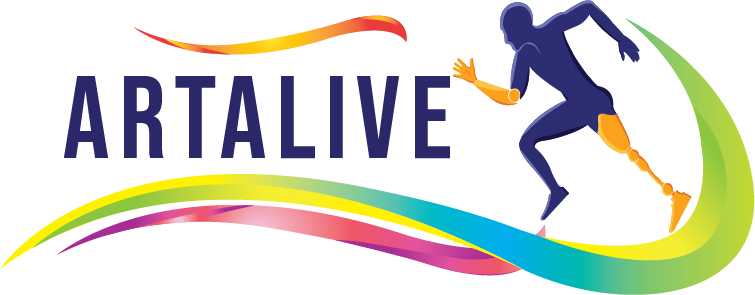What is amputation?
Amputation is the surgical removal of all or part of a limb or extremity such as an arm, leg, foot, hand, toe, or finger.
Cause of amputation.
Transtibial amputation is caused by conditions including:
Peripheral vascular disease (poor circulation)
Diabetes
Infection
Foot ulcers
Trauma causing the lower leg to be crushed or severed
Tumours

What are the problems faced by people after below-knee amputation?
Expression of a need to talk
Depressive symptoms, e.g. insomnia, loss of appetite, hopelessness
Irritability
Anger
Unrealistic expectation
Suspected residual limb abuse.
Self-neglect (personal hygiene, diabetic management, etc.)
Risk-taking (e.g. trying to do too much too quickly)
Anxiety limiting progress in rehabilitation (e.g. can’t or won’t move)
Regression or excessive dependence.
What problems you will be facing in the below-knee stumps after amputation?
Oedema
Wounds and infection
Pain
Muscle weakness and contractures
Joint instability
Autonomic dysfunction
Oedema
Oedema is swelling that is caused by fluid trapped in your body’s tissues. Edema happens most often in the feet, ankles, and legs, but can affect other parts of the body, such as the face, hands, and abdomen. It can also involve the entire body.

Wounds and infection
Surgical site infection after amputation is common and as well as increasing patient morbidity can have negative effects on healing, phantom pain and time to prosthetic fitting.
Tissue necrosis
Poor tissue perfusion leads to ischaemia and necrosis. Dusky skin changes, mottled discolouration and slough can be observed. This can lead to subsequent wound breakdown and dehiscence.

Skin blisters
Wound edema, reduced elasticity or tight stump dressings, and adhesive dressings applied with tension can all increase the friction of the epidermis and cause blistering of the skin. Blisters can also be formed due to infection, traction, and an allergic reaction.

Sinuses and Osteomyelitis
A deep, infected sinus can often mask osteomyelitis and delay healing. The sinus can extend from the skin to the subcutaneous tissues and management often includes aggressive antibiotic therapy. Sometimes, surgery is an option; however, this can impact the shape of the stump and rehabilitation outcomes.

Pain
There are several types of pain sensations which we are going to see below.
Post-Amputation Pain: Post-amputation pain at the wound site should be distinguished from pain in the residual limb and the phantom limb. After amputation, all three may occur together.
Residual Limb Pain (RLP): Patients can often feel pain or sensations in the areas adjacent to the amputated body part. This is known as residual limb (RLP) or stump pain. It is often confused with and its intensity is often positively correlated with PLP.
Phantom Limb Sensation: This is a normal experience for the majority of amputees, but it is not a noxious sensation, which might be described by the patient as unpleasant. Often it can be described as a light tingling sensation, or in such cases, reassurance is the key.
Phantom Limb Pain (PLP): the phantom limb and can be exacerbated or elicited by physical factors (pressure on the residual limb, time of day, weather) and psychological factors, such as emotional stress. Commonly used descriptors include sharp, cramping, burning, electric, jumping, crushing and cramping.
In addition to these, there is other type’s pain.
Vascular pain – such as exercise-induced claudication or pain caused by vascular disease
Musculoskeletal pain – pain from other injuries suffered during a traumatic amputation, musculoskeletal pain caused by abnormal gait patterns, pain caused by normal ageing processes.
Neuromas – localized pain, sharp/shooting pain.
How to manage this problem?
Patient education
Limit oedema
Prevent contractures
Musculoskeletal weakness and imbalances
Desensitisation – massage/bandaging
Get patient moving, distraction helps
Early prosthetic training
Contact Info:
Visit us: https://artalive.com.my/
No 16, Persiaran 65C, Pekeliling Business Centre, Off Jalan Pahang Barat, 53000 Kuala Lumpur, Malaysia
E-Mail: info@artalive.com.my
Contact: +60 3-4032 4273
Author: Sudarsan Swain
